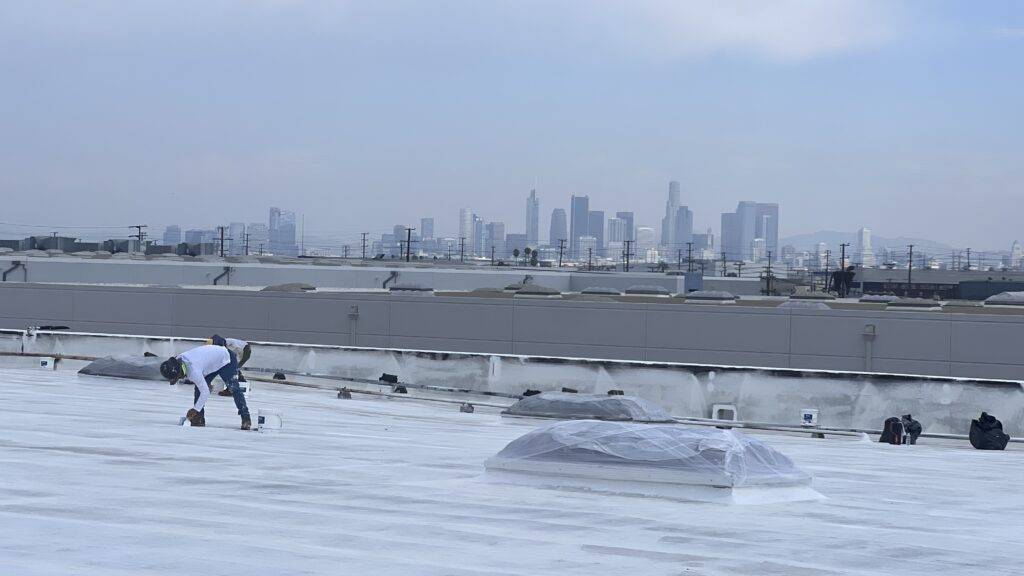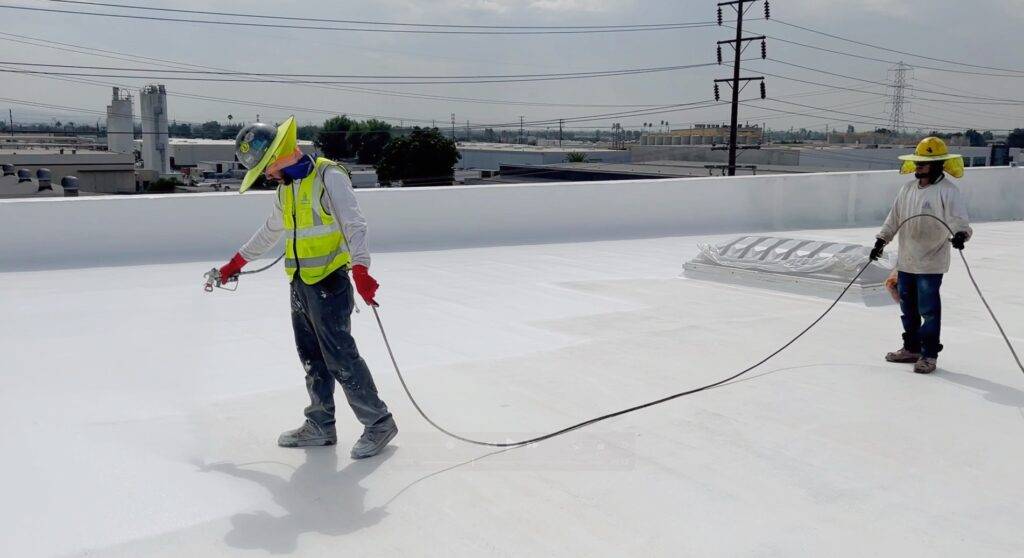Mon - Fri 7:00 am - 4:30 pm
601 South Palm Ave, Alhambra, CA 91803
Posted by hproofingpro No Comments on Cool Roofs in California: A Smart Solution for Energy Efficiency and Comfort Roofing
Cool Roofs in California: A Smart Solution for Energy Efficiency and Comfort
Cool roofs are an effective solution to reduce energy consumption, lower air conditioning costs, and mitigate California’s urban heat island effect. These roofs are designed to reflect more sunlight and absorb less solar energy, keeping buildings cooler and reducing the need for air conditioning. Cool roofs can help shield California’s cities against heat waves, potentially reducing heat wave exposures by 35 million annually if adopted throughout the state’s most populous areas.
California’s Rising Temperatures
California is expected to experience rising temperatures in the coming years, including Northern California. As temperatures increase, the demand for air conditioning will also grow, making cool roofs an even more critical solution for energy efficiency and comfort.
Cool Roof Requirements in California

In 2014, Los Angeles became the first major city to mandate cool roofs for new residential construction. Pasadena also has cool roof requirements for the reroofing of nonresidential buildings, high-rise residential buildings, and hotels/motels. Cool roof materials are available now and are comparable in cost to standard roofing materials.
Heating and Cooling Degree Days
Heating and cooling degree days are often used to determine the appropriateness of cool roofs. However, this method is inaccurate, as it does not account for the peak energy demand reduction that cool roofs can provide. Cool roofs can benefit all climate zones, not just those with high cooling degree days.
Peak Energy Demand Reduction
Reducing peak energy demand is a vital yet frequently underestimated advantage of cool roofs across all climatic regions. These roofs work by reflecting sunlight, diminishing the necessity for air conditioning and consequently lessening the peak energy demand. This reduction alleviates pressure on the electrical grid and curtails greenhouse gas emissions. Taking into consideration factors such as the higher initial cost of cool roofing materials, augmented heating expenses in winter, energy savings during summer, potential savings from using smaller cooling equipment, and the decreased labor and material costs attributed to the enhanced durability of cool roofs in comparison to traditional ones, cool roofs can deliver an average annual net savings of nearly 50 cents per square foot.

Winter Heating Penalties
While cool roofs are highly beneficial in warm climates, their effectiveness in winter is a topic of debate. Cool roofs can have a “wintertime heating penalty” (or a small increase in energy use) because they reflect solar heat that would help warm the building during colder months. However, the modest increase in winter heating costs is typically outweighed by lower cooling costs during hot months, making cool roofs a viable option for energy efficiency in various climates.
Improved Air Quality
In addition to energy savings and cost benefits, cool roofs can positively impact air quality. Widespread adoption of cool roofs in Southern California could reduce temperature-dependent ozone and particulate matter precursors emissions by lowering ambient temperatures.
Conclusion
Cool roofs offer numerous benefits for California, including energy savings, improved air quality, and peak energy demand reduction. As temperatures rise across the state, cool roofs will become an increasingly important tool for homeowners and businesses to maintain comfort and reduce energy consumption. By debunking common misconceptions and highlighting the advantages of cool roofs, we can encourage their adoption and contribute to a more sustainable future for California.
Recent Posts
Categories
Recent Posts
Do you have any questions?
Contact us at The HP Roofing PRO office or submit a business inquiry online
Contact Us






